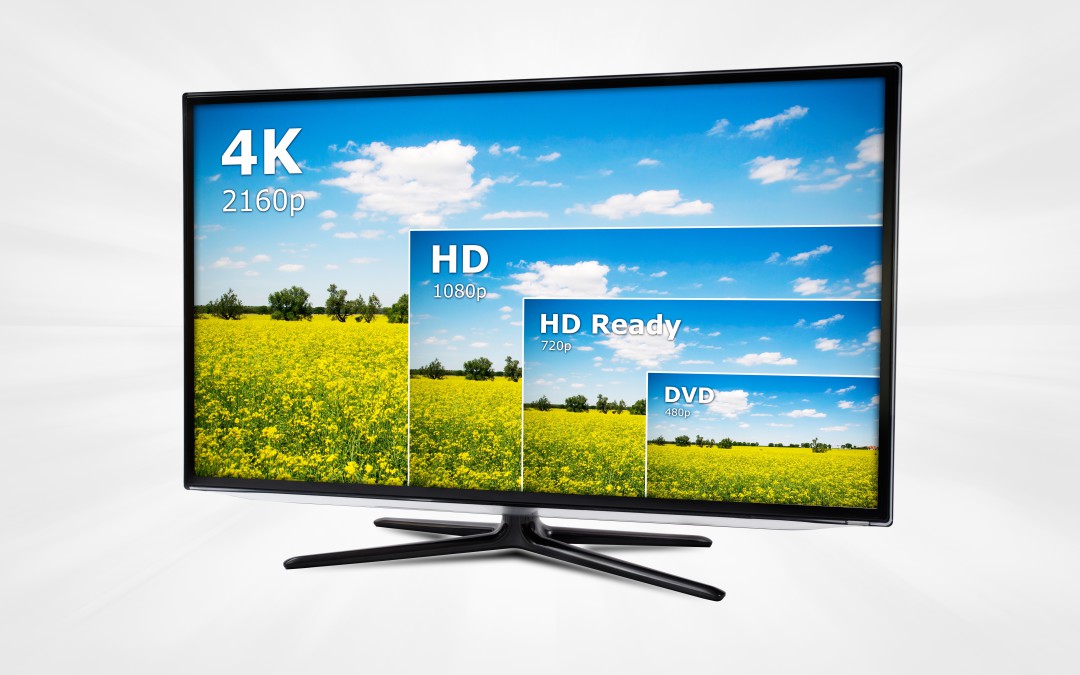It seems that words like HD, 1080p or Blu-ray have just recently become a household term when talking about video. In fact about 96.7 percent of Americans own an HD-TV. But since technology never stops improving, the industry is constantly evolving and has already produced a new, better form of video: 4k Ultra High Definition (UHD).
What is 4k UHD?
4k UHD is defined as a video resolution of at least 3,840 x 2,160 pixels. Considering that our current HD videos peak at 1080p, you can see that the resolution has almost quadrupled and is clearly the next big step in home entertainment. 4k TVs are already on the market, ranging from a 39” TV for $500 all the way up to an 85” for $40,000. Click here for more prices.
4k UHD expands its reach
TV isn’t the only device that 4k is having an effect on. After Apple debuted their iPhone 4 back in 2010, the idea of a “Retina” display was introduced. Retina basically means a display that has a resolution so sharp that the pixels can’t be seen at normal viewing distances. Since then every phone has used some version of a high resolution screen. According to Qualcomm, the company responsible for building many of today’s key mobile technologies, cell phones are next in line to get the 4k treatment.
4k in cell phones may sound ridiculous considering how small these devices are, but Qualcomm believes that 4k isn’t just about the amount of pixels on a screen.
 “Where 4K will really take off is when you think of it being enabled by an ecosystem,” says Qualcomm Technologies Co-President Murthy Renduchintala. “Concepts are going to drive it. It’s not going to be the phone screen that’s going to be the promoting factor in 4K. It’s going to be what you want to do with data that’s captured on your phone in 4K, and what you want to do with distributing data.”
“Where 4K will really take off is when you think of it being enabled by an ecosystem,” says Qualcomm Technologies Co-President Murthy Renduchintala. “Concepts are going to drive it. It’s not going to be the phone screen that’s going to be the promoting factor in 4K. It’s going to be what you want to do with data that’s captured on your phone in 4K, and what you want to do with distributing data.”
The ecosystem has already begun forming. A few Phones already have the ability to capture 4k video, giving 4k TV owners something new to watch. 4k resolution would also allow cell phones to keep up with the video game industry as they begin to develop for 4k resolution.
Although a 4k display may or may not be overkill on a cell phone, it’s hard to argue with Qualcomm’s vision: 4k resolution will soon be the standard in the video industry. TVs have already begun the transition and will soon take over the market. If the mobile industry wants to keep up, they will soon have to make the change.
For more information and lots of great articles check out Don Basiles website.
